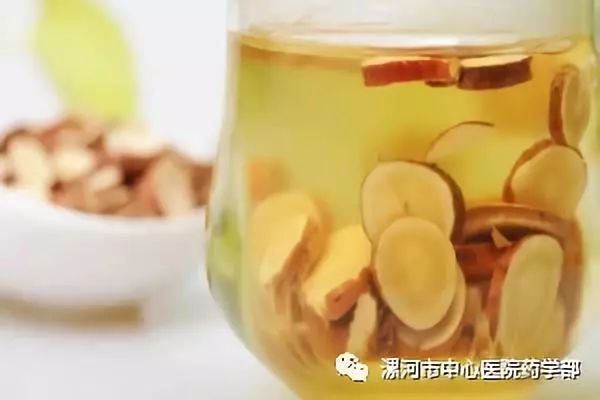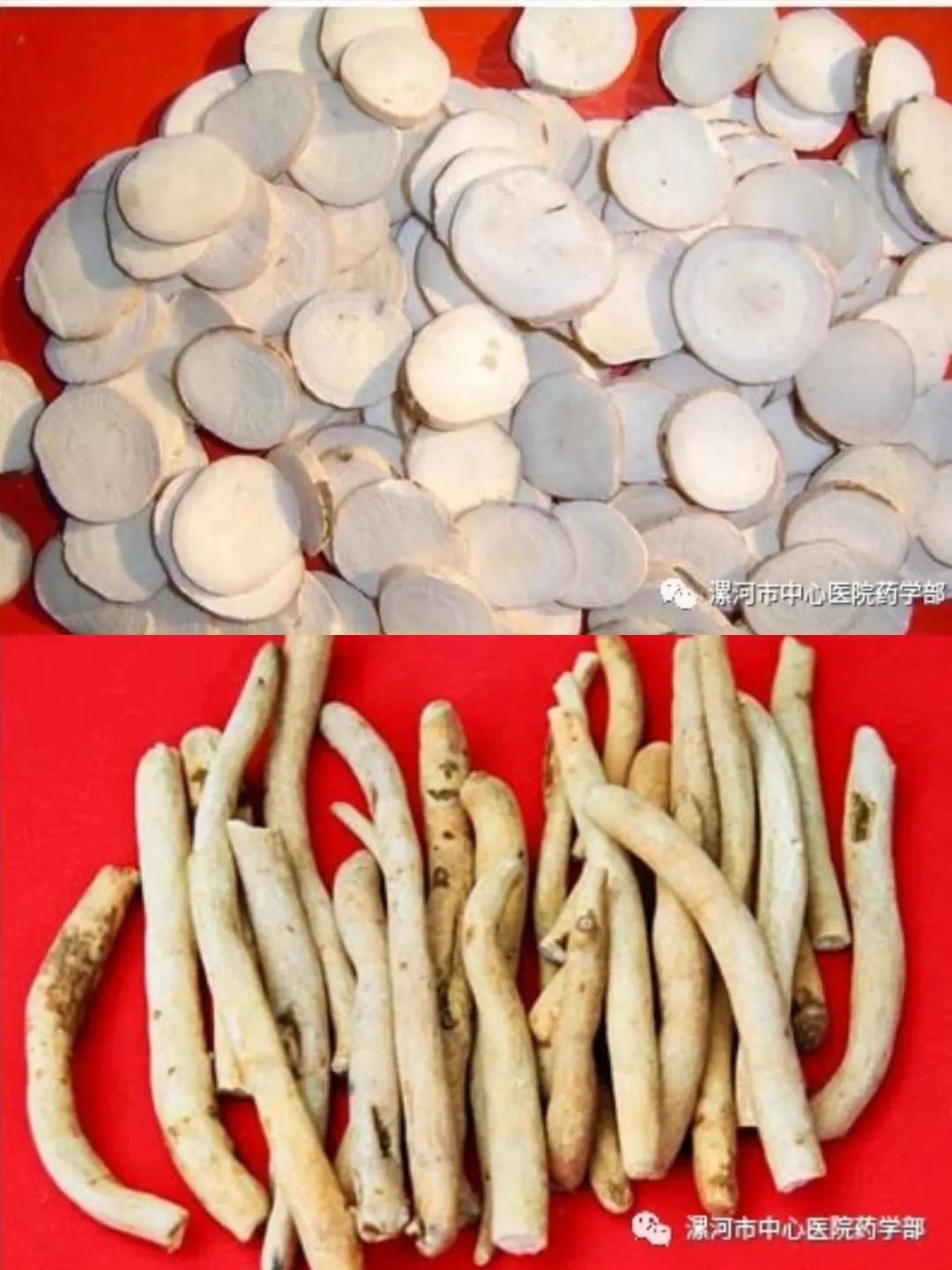
 “Bai Shao (白芍) is the root of the plant Paeonia lactiflora, which belongs to the Ranunculaceae family. It is a traditional medicinal flower in China with a long history of cultivation and is renowned both domestically and internationally. Its roots are used in medicine and are primarily produced in provinces such as Shandong, Anhui, Zhejiang, Sichuan, and Guizhou. Bai Shao can be categorized into three main types based on its production area: ‘Hang Shao’ from Zhejiang, ‘Bo Shao’ from Anhui, and ‘Chuan Shao’ from Sichuan.”
“Bai Shao (白芍) is the root of the plant Paeonia lactiflora, which belongs to the Ranunculaceae family. It is a traditional medicinal flower in China with a long history of cultivation and is renowned both domestically and internationally. Its roots are used in medicine and are primarily produced in provinces such as Shandong, Anhui, Zhejiang, Sichuan, and Guizhou. Bai Shao can be categorized into three main types based on its production area: ‘Hang Shao’ from Zhejiang, ‘Bo Shao’ from Anhui, and ‘Chuan Shao’ from Sichuan.”
In ancient times, it was said, “The peony is the king of flowers, and Bai Shao is the minister of flowers.” Due to its beauty in color, fragrance, and charm, Bai Shao has been praised by scholars throughout history. Bai Shao is divided into Chi Shao (赤芍) and Bai Shao (白芍); Chi Shao invigorates blood and dispels stasis, while Bai Shao nourishes blood and tonifies yin, serving as a good medicine for dispelling evil and strengthening the foundation. Bai Shao has a bitter and sour taste and enters the liver meridian. It nourishes blood, astringes yin, softens the liver, alleviates pain, and pacifies liver yang. There is a poem in the TCM community that describes the characteristics and effects of Bai Shao: “Bai Shao is uniform with both ends even, firm and heavy with fine chrysanthemum patterns; it nourishes blood, astringes yin, pacifies liver yang, and softens the liver to alleviate pain.”
The Efficacy and Functions of Bai Shao
01
Used for irregular menstruation, spontaneous sweating, and night sweats.
Bai Shao can nourish blood and astringe yin, treating gynecological disorders, and is often used in combination with Dang Gui (当归), Shu Di Huang (熟地黄), and Chuan Xiong (川芎). When used with Gui Zhi (桂枝), it can harmonize the nutritive and defensive qi, treating external wind-cold and spontaneous sweating due to deficiency; when used with Long Gu (龙骨), Mu Li (牡蛎), and Fu Xiao Mai (浮小麦), it can astringe yin and subdue yang, treating spontaneous sweating and night sweats caused by yin deficiency and yang floating.

02
Used for pain caused by disharmony of liver qi.
Bai Shao nourishes blood and softens the liver, alleviating pain, thus it can be used for chest and flank pain, abdominal pain, and spasms of the hands and feet caused by disharmony of liver qi. For flank pain, it is often used with Chai Hu (柴胡) and Zhi Ke (枳壳); for abdominal pain and spasms of the hands and feet, it is often combined with Gan Cao (甘草); for dysentery-related abdominal pain, it can be used with Huang Lian (黄连) and Mu Xiang (木香). It is slightly cold.
03
Used for headaches and dizziness caused by excessive liver yang.
Bai Shao, when used raw, can astringe yin and pacify liver yang, thus it can be used for headaches and dizziness caused by excessive liver yang, often combined with Sang Ye (桑叶), Ju Hua (菊花), Gou Teng (钩藤), and Bai Ji Li (白蒺藜).
04
Beauty and blood nourishment.
In TCM theory, Bai Shao has the effect of nourishing blood, which can treat sallow complexion, facial spots, and lack of luster.

Selection of Bai Shao
The dried roots are cylindrical, uniform in thickness, straight, 10-20 cm long, and 1-1.8 cm in diameter. The surface is light reddish-brown or pinkish-white, flat, or has obvious longitudinal wrinkles and root hair marks. Where the cork is not completely removed, there are brownish spots, and transverse pores may occasionally be seen. The texture is solid and heavy, not easily broken. The cross-section is grayish-white or slightly brown, with the wood rays radiating in a chrysanthemum heart shape. It has no odor and a slightly bitter and sour taste. The best quality is characterized by thick, long, straight roots, solid texture, sufficient powdery nature, and a clean surface. Roots that are thin, bent, uneven in size, have more cork and root hair marks, loose texture, less powdery nature, and unclear wood rays are of inferior quality.

Processing of Bai Shao
Bai Shao can produce different effects through various processing methods. Raw Bai Shao has a strong astringent and liver-pacifying effect; fried Bai Shao is better for nourishing blood and the liver, often used for those with liver excess and spleen deficiency causing pain and diarrhea; Bai Shao fried with wine is best for nourishing blood and invigorating blood circulation, suitable for blood deficiency with cold and blood stasis; Bai Shao fried with vinegar enhances its ability to soften the liver and alleviate pain.

Editor: Rong Xiao Zhe
Copyright statement: This public account is purely non-profit. We focus on sharing, and some articles and images are sourced from the internet, with copyright belonging to the original authors. If there are any objections, please inform us, and we will delete them promptly.
Issue No. 116
Stay tuned


